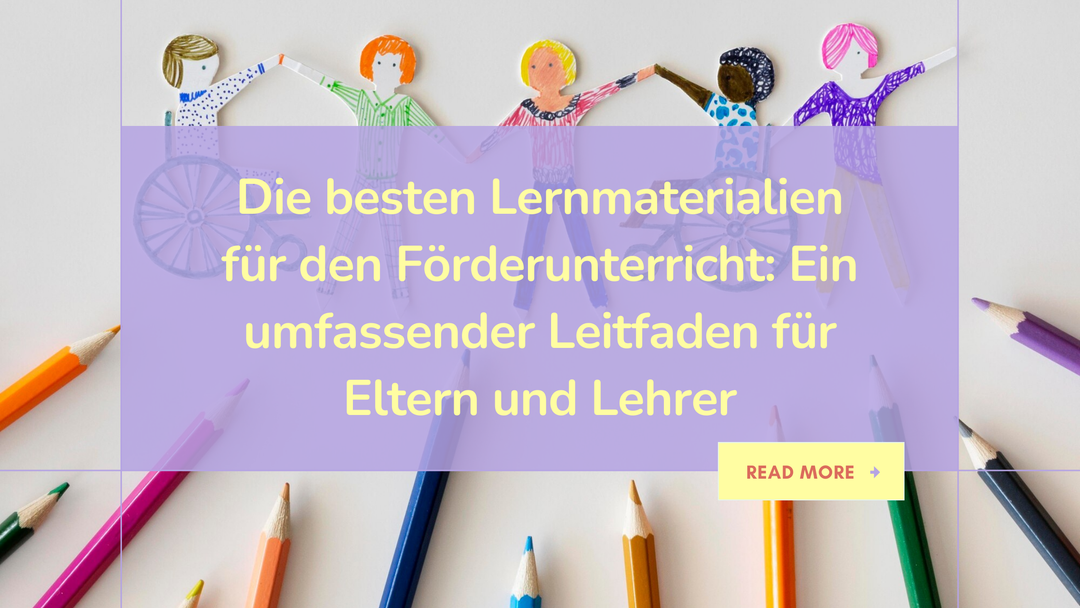The School Subjects of Tomorrow - Part 2: Doing with Your Hands
How do children learn to use their will? To act in a controlled manner? To become self-determined people? How do children learn to walk? How do you learn to speak? It's easy - kids just do these things!
Scientists in the research area deal with this and other content Embodied cognitionwhich can be roughly translated as "physical movement". The main research question is how higher thinking is based on physical experiences. One thing can already be anticipated: grasping with the hands has become an integral part of the sensorimotor and cognitive development of children.
The more often children do something with their fingers, for example counting with their fingers, the fitter they become as they get older, and not just in math. Children will be able to think better about objects or even philosophize more deeply about these objects later in their lives if they get to know them by touching them - holding on to a branch, grasping a wooden toy or the simple knowledge that a nail can hurt - all this trains the skills of the children and for this one needs to deal with the real world and not swiping over a display with the same hand movement, with always the same, nonexistent sensory feedback. How else can children learn that aluminum or wood feels different to a cloth?
As Maria Montessori once put it so beautifully: The development of manual dexterity is linked to the development of intelligence, and historically, to the development of civilization. When people think, they move their hands. Therefore, the developing child must be constantly on the move, be active, look, think, consider. There is always something to do. It is not important to him what the others know. The child wants to learn for himself, to experience the world for himself, to get to know it through his own efforts.
Already knew?
- In the meantime, numerous studies have shown that even babies behave like “little scientists” and thus explore their environment. Just like scientists, they test hypotheses by trying to mimic the things they have just seen.
- On the basis of songbirds, it has been shown - songbirds literally learn to sing - that neurons that have grown back can learn. New and difficult tasks are very important for the learning process. In other words: New neural connections are created when you learn something. This is the most important finding in brain research over the past 40 years.
- The brain is constantly changing. This special property of the brain is called neuroplasticity. So what is not possible: use the brain and believe that no changes take place there. So you can't play first person shooter games for three hours a day and stay the same person.
- Investing in education is particularly profitable in kindergarten age, because kindergarten children simply learn the fastest.
- Regardless of age, the following always applies to the human brain: the more there is in there, the more it still fits in!
Playing and especially doing with your hands promotes development. And the wooden toys from Natureich , with their different colors, shapes and surfaces, encourage the natural playfulness of children. The best thing to do is to get an idea of our diverse range for yourself.
Read in our third part: The school subjects of tomorrow - Part 3: Sport and the magic of movement







Leave a comment